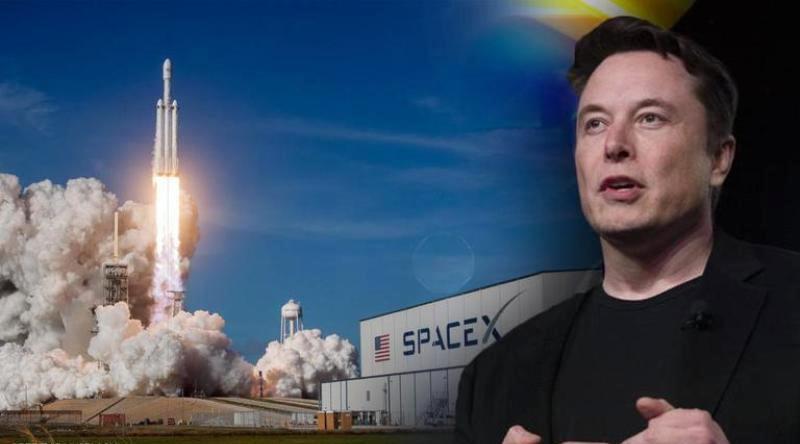SpaceX CEO Elon Musk seems dissatisfied with his employees due to their lack of progress in developing the Raptor engines for the company’s Starship project.

According to CNBC, Musk described a poor situation in a general email the day after Thanksgiving.
“The Raptor production crisis is becoming worse than it appeared a few weeks earlier,” Musk wrote.
“A flight rate of at least once every two weeks is a must for Starship next year, or otherwise we can have a genuine risk of bankruptcy,” Musk added in his statement.
SpaceX is developing a monumental, next-generation rocket called the Starship to transport people and cargo to the moon and Mars.
A couple of short test flights were executed at a facility in southern Texas where the company is testing prototypes for the Starship. However, each rocket prototype needs 39 Raptor engines to move to orbital launches, requiring a sharp rise in engine production.
This e-notification from Musk also refers to the situation that took place following the departure of Will Heltsley, the former Vice President of SpaceX’s Propulsion Division. He had been put off the Raptor buildup before leaving the company in November 2021.
The email mentions Heltsley’s exit as a point from which the problems worsened and seemed ” far more severe” than previously understood. Space Explored initially reported the email from Musk.
Program’ Raptor Engine’: A Disaster
After learning about the Raptor situation, Musk cancelled off on the long Thanksgiving holiday and announced that he would participate in engine manufacturing from Friday into the weekend.
The SpaceX founder and CEO advised the employees to put all hands on deck to overcome the disaster. He repeatedly emphasized production as the most crucial part of developing SpaceX’s immense rocket.
The various prototypes for Starship are being developed simultaneously at a facility in Boca Chica, Texas. The company’s next big step in creating the rocket is launching it into orbit.
According to Musk’s Nov. 17 announcement, Starship’s first orbital flight was expected to launch in January or February 2022. The flight was said to be waiting for regulatory approval from the FAA and some technical readiness.
The company wants a fully reusable rocket and its booster for Starship. They’re looking to make both spacecraft and booster capable of landing after a launch and being restored for future flights.
The company can repeatedly ground and relaunch the boosters except for the spacecraft’s upper portion or stage.
Musk said he wasn’t sure if the rocket would successfully make it to orbit in its first flight but cited being “confident” that it would get to space in 2022. The CEO also revealed at the time that the Starship program is nearly 90% internally funded and that there are fewer hopes of receiving any external funding or international alliance.
Starship may be crucial for the financial success of Starlink
SpaceX started fundraising efforts for the Starship and its satellite internet program, Starlink, several years ago. So far, the company has accumulated billions of dollars in funds for both projects.
To date, the company has launched about 1,700 Starlink satellites into orbit. Musk considered the first version of the satellite “financially weak.” The company is looking for an average of 140,000 users paying $99 a month for the service to run properly.
SpaceX announced improvements towards the satellite’s second version earlier this month. Musk said in his email that “V2 is strong” but can only be effective if carried by its Starship rockets.
Earlier in the project, Falcon 9 spacecraft were used to launch Starlink satellites. Still, the company’s CEO explained that rockets need more volume or mass to successfully position the second-generation satellites. That reflects the completion of the Raptor engine mission, which is linked to Starlink’s financial stability in the long run.
At the time, SpaceX is ramping up its production of Starlink antennas to several million units a year. However, Musk said in the email that these will be “useless otherwise” if Raptor doesn’t succeed.

